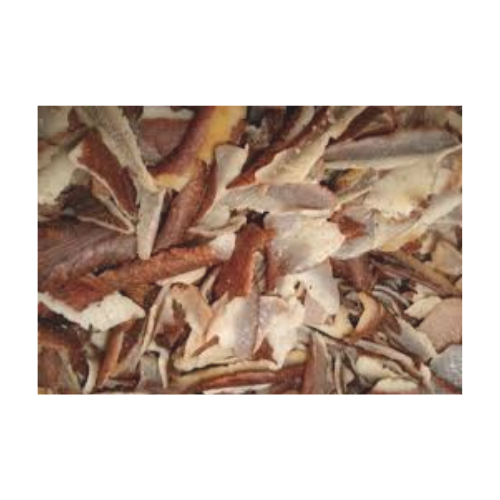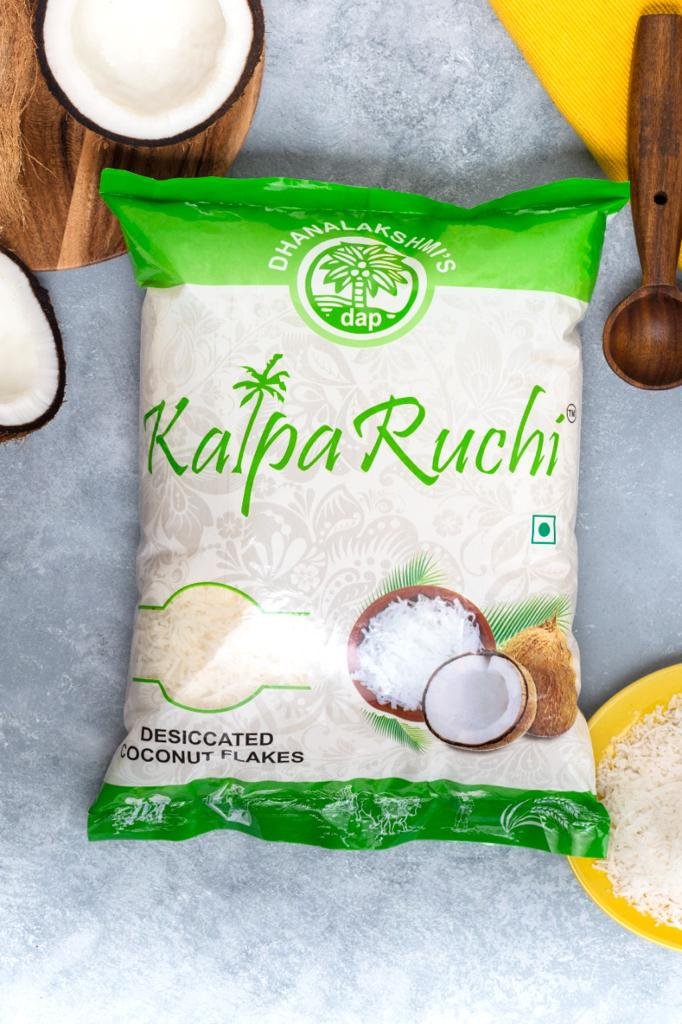COCONUT TESTA
The coconut testa, also known as the coconut husk or coir, refers to the fibrous outer layer that surrounds the hard coconut shell. It is located between the hard shell and the actual coconut meat. The testa is composed of tough, coarse fibers that provide protection to the inner kernel of the coconut.


WAHT IS COCONUT TESTA?
The coconut testa, or coconut husk, is primarily composed of fibrous material and does not have significant nutritional value for human consumption. It is not typically consumed directly as a food source. However, the inner portion of the coconut, the coconut meat or flesh, is highly nutritious and is commonly consumed.The coconut testa, also known as the coconut husk or coir, refers to the fibrous outer layer that surrounds the hard coconut shell. It is located between the hard shell and the actual coconut meat. The testa is composed of tough, coarse fibers that provide protection to the inner kernel of the coconut.
Uses
Coconut Testa or coconut husk, has several practical uses across various industries. Here are some common applications:
- Horticulture and Gardening: Coconut testa is processed into coconut coir, which is widely used as a growing medium for plants. It is valued for its water retention capabilities, aeration properties, and ability to provide support to plant roots. Coconut coir is used in potting mixes, hydroponic systems, and as a soil amendment.
- Erosion Control and Landscaping: Coconut testa fibers are used in erosion control blankets and mats. These materials help stabilize soil, prevent erosion on slopes, and promote vegetation growth. Coconut coir logs are also used in riverbank restoration projects and shoreline stabilization.
- Agricultural Applications: Coconut testa can be used as animal bedding, particularly for livestock like horses, poultry, and rabbits. It provides a comfortable and absorbent surface for animals. It is also used as a substrate for mushroom cultivation.
- Arts, Crafts, and Decor: Coconut testa fibers are employed in various handicrafts, such as making ropes, mats, baskets, brushes, doormats, and coir pots. It can also be woven into rugs, carpets, and wall hangings.
- Biofilters and Filtration Systems: Coconut testa fibers can be utilized in biofilters for water and air purification. The fibrous structure helps trap impurities and improves filtration efficiency.
- Biomass and Energy Generation: Coconut testa can be used as a biomass fuel for energy production, either by direct combustion or by converting it into charcoal. The high lignin content of the fibers makes them suitable for heat and energy generation.
